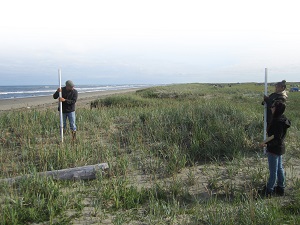
Collecting coastal elevation profiles with Emery rods to document erosion at Shishmaref.
Baseline coastal data contribute to investigations and mapping of coastal erosion and flooding. Although progress has been made to collect baseline coastal data, major gaps still exist. Baseline data is difficult to collect along Alaska's extensive coast, because the coast is extensive, making up nearly 40 percent of the entire U.S. coastline, is rapidly changing, and experiences some of the highest rates of erosion in the world. Baseline datasets need to be collected for the first time, updated, and continuously monitored throughout the state. The main data types used for the assessment of coastal flood and erosion hazards are orthoimages, topography, bathymetry, water levels, wave height and energy, continually operating reference systems, and sea ice thickness and extent.
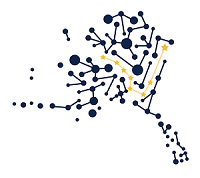
Information about coastal mapping data available in Alaska, ongoing efforts to prioritize additional data needs, and upcoming Alaska Coastal Mapping Strategic Plan.

Alaska Water Level Watch priorities and gaps for water level data collection including tidal datums, real-time, and alternative solutions.
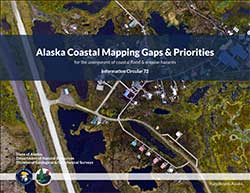
Information about Alaska's coastal mapping gaps related to flood and erosion hazards.
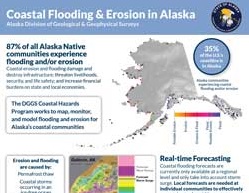
Two page description of coastal flood and erosion hazards in Alaska.
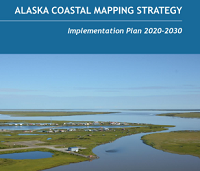
The National Oceanic and Atmospheric Administration (NOAA), the Alaska Ocean Observing System (AOOS) and the Alaska Geospatial Council (AGC) have partnered to evaluate Alaska's coastal mapping needs and develop a coastal mapping strategy for Alaska.
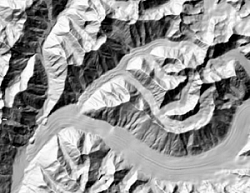
Elevation Datasets of Alaska displays known public-domain elevation datasets in Alaska. Elevation data is very important in forecasting the impacts of flooding and coastal storms in Alaska.